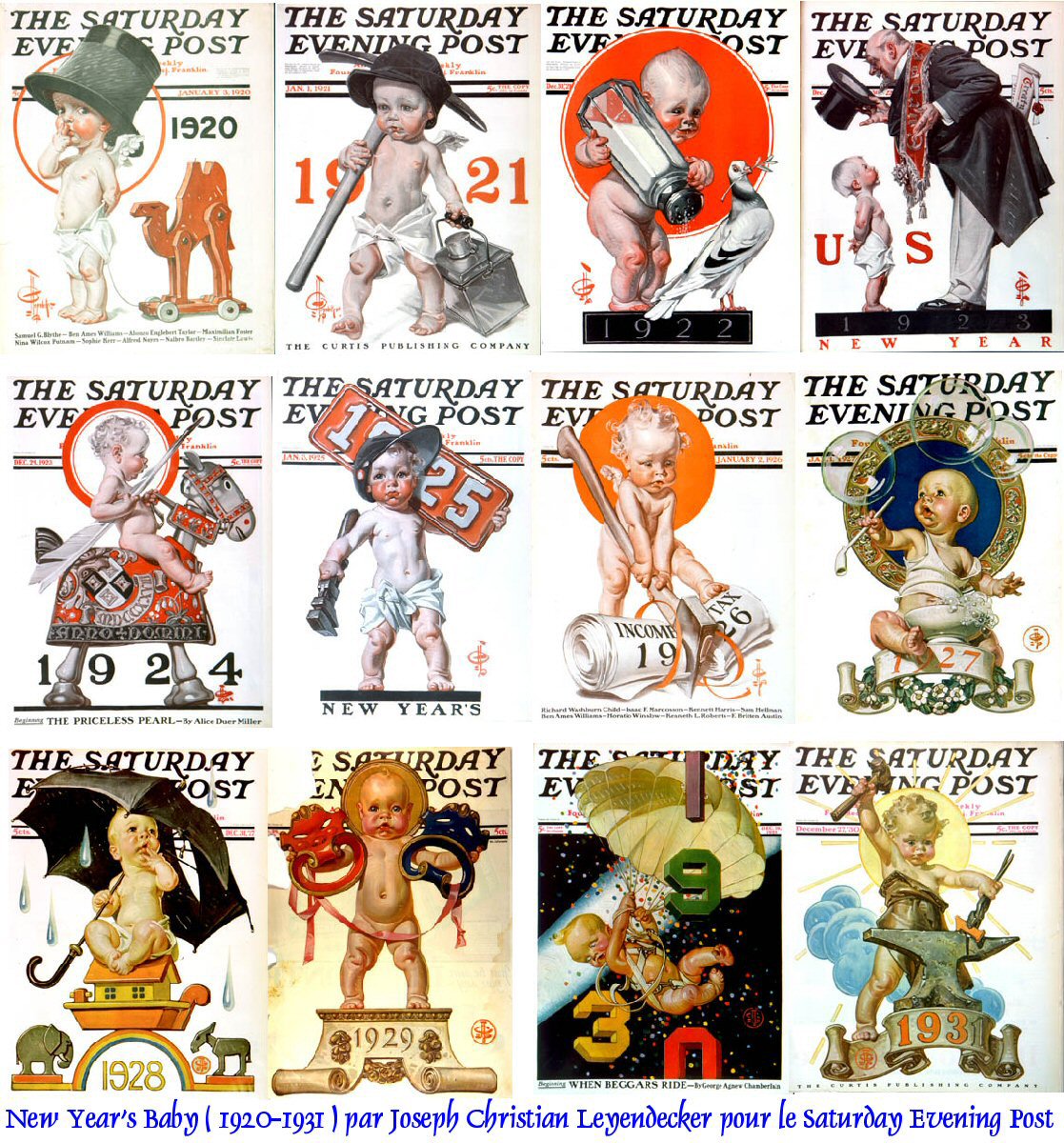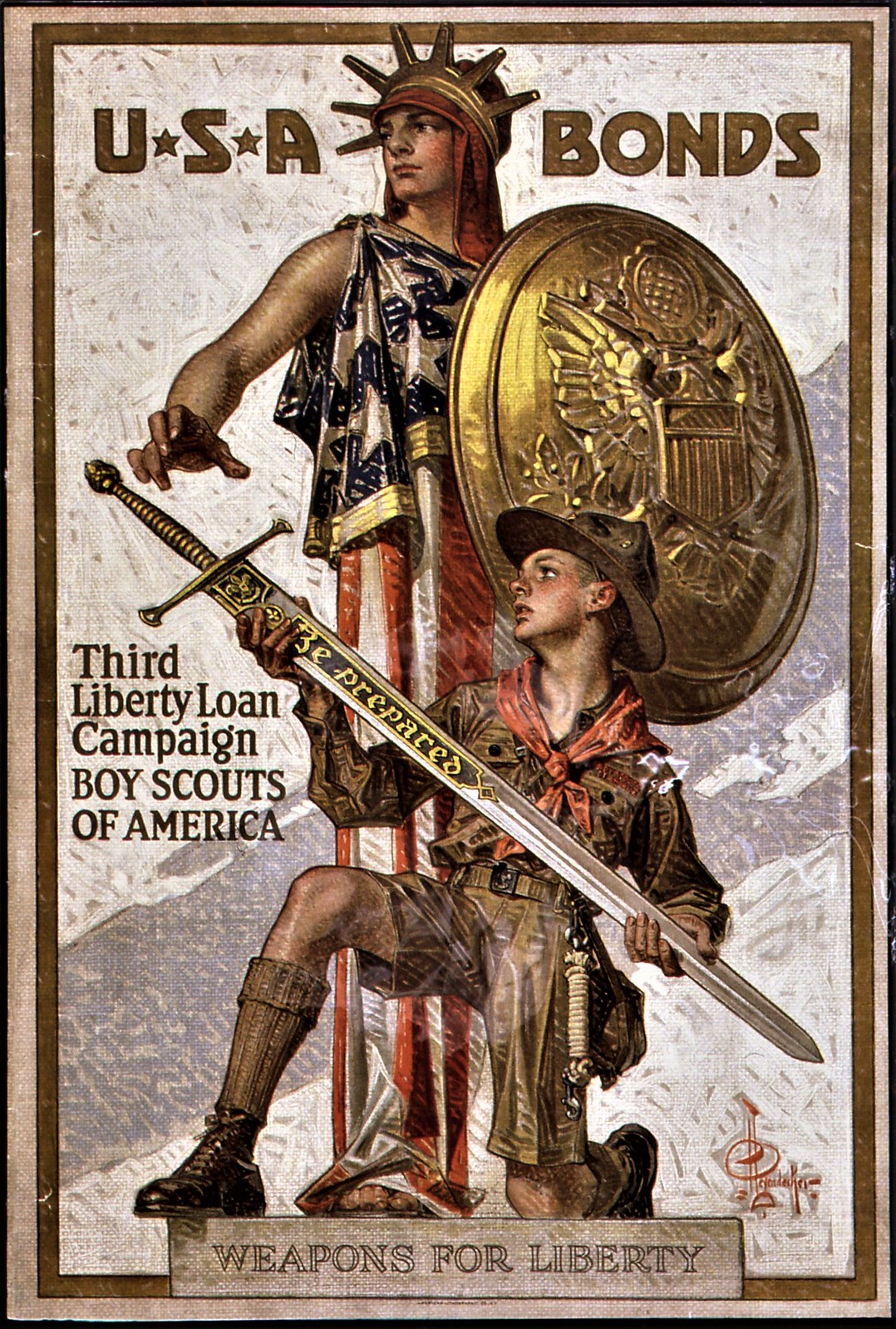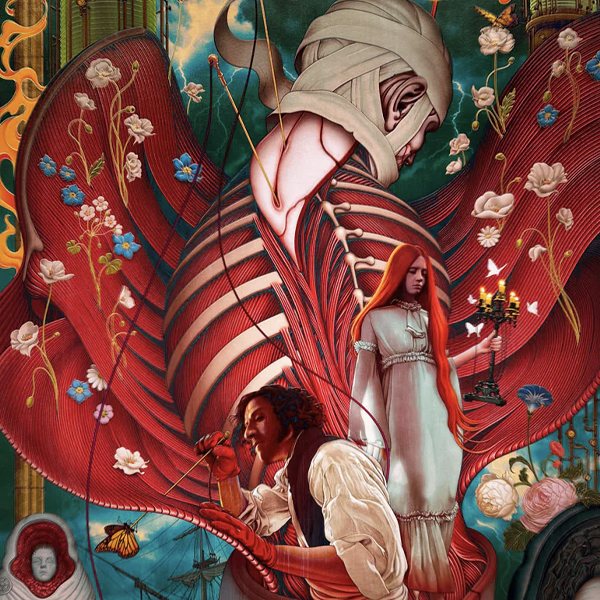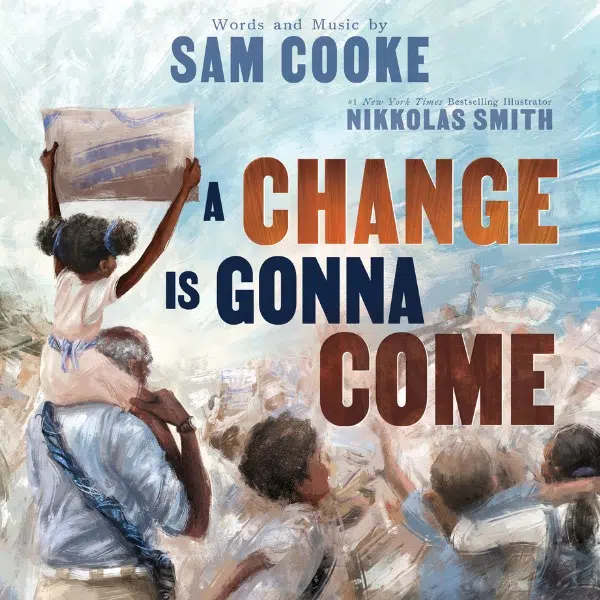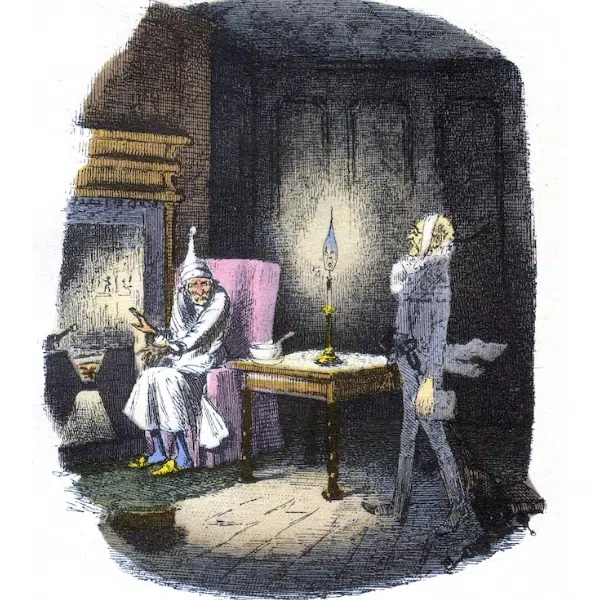In the late 19th and early 20th centuries, illustrators were celebrities. They were household names. It might sound strange today, but consider an illustrator's role in society; this was before photographs were routinely used in magazines and newspapers, so illustrators were the ones who helped define the visual culture at that time. Of the illustrators with immense cultural influence, J.C. Leyendecker was at the top.
Leyendecker had a distinctive style with exquisite attention to detail and a knack for capturing the essence of his subjects. His work for advertising and the covers of Collier’s Weekly and The Saturday Evening Post made him a household name. Leyendecker’s compelling characters, who were sophisticated and good-looking, also made him synonymous with style and elegance.
Read on to learn more about Leyendecker and how his work continues to influence us today.
Who was J.C. Leyendecker?
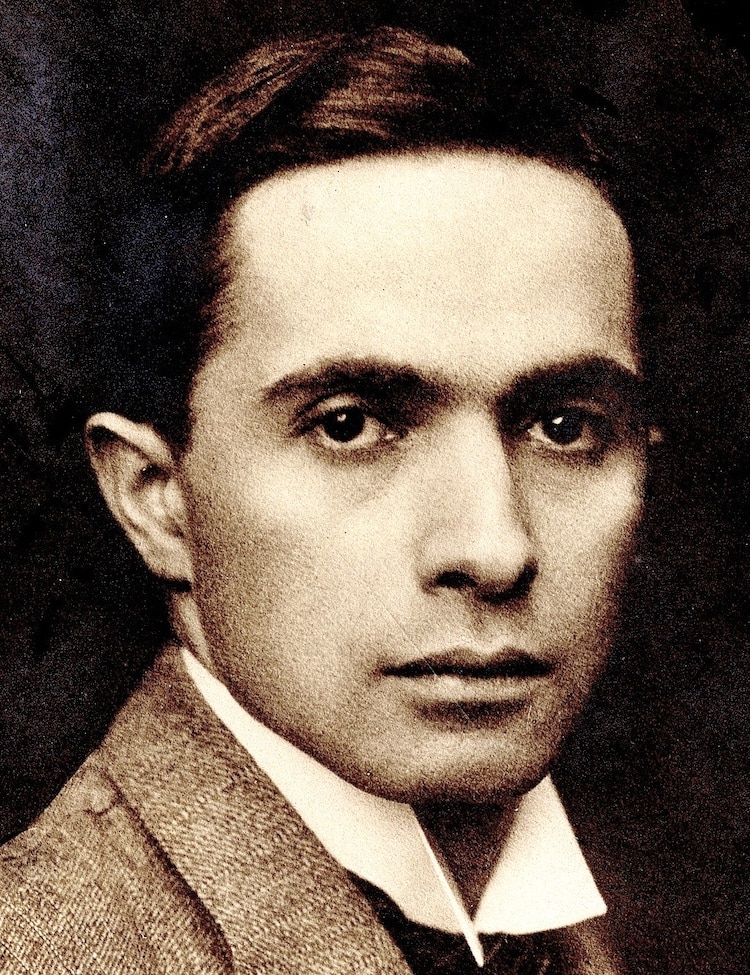
Portrait of J.C. Leyendecker, 1895 (Photo: Wikimedia Commons, Public domain)
Full Name | Joseph Christian "J.C." Leyendecker |
Born | March 23, 1874 (Montabaur, Germany) |
Died | July 25, 1951 (New Rochelle, NY) |
Notable Comission | Arrow Collar Advertisements |
Joseph Christian Leyendecker (aka J.C. or Joe) was born on March 23, 1874, in Montabaur, Germany. He lived there as a young boy before immigrating to Chicago with his family in 1882. As a teenager, he worked at a printing and engraving company and took night classes at the Chicago Art Institute.
Leyendecker wasn’t the only talented person in his family. His younger brother Francis Xavier, aka Frank, was also an illustrator. Together, they studied at the Académie Julian in Paris from 1895 to 1897. After completing their studies, the brothers returned to Chicago where Leyendecker illustrated for many local clients. In 1899, he received a career-changing commission: the cover of The Saturday Evening Post.
The magazine cover commission would lead to a 44-year association with the magazine and help catapult Leyendecker into illustration stardom.
Notable J.C. Leyendecker Comissions
Leyendecker was a prolific illustrator whose who had numerous clients. Throughout his decades-long career, his work appeared on 322 of The Saturday Evening Post covers along with many other publications and various advertisements. There are a lot of pieces to choose from, but here are some of his most notable commissions—many of which were ongoing for years.
The Arrow Collar Man
From 1907 to 1930, Leyendecker created advertising illustrations for Arrow shirts and collars. The ads featured handsome, stylish men whose good looks were the epitome of the sophisticated and confident male (at that time). It was Leyendecker’s depictions of these men—models who went on to have successful careers in the entertainment industry—that created The Arrow Collar Man. They were seen as early 20th-century sex symbols.
New Year's Day Covers for The Saturday Evening Post
Illustrators wield incredible power to define the symbols that we see on a regular basis. This is exemplified in the New Year’s Day covers that Leyendecker illustrated for The Saturday Evening Post. His covers featured an infant, aka the New Year’s baby; Leyendecker wasn’t the first illustrator to represent the new year with a baby, but he did popularize it and made it recognizable to Americans on a massive scale.
This special commission began in 1906 and the series went uninterrupted until 1943. Although each image included a baby, the other elements of the composition conveyed the spirit of the time.
Kellogg’s Foods

In 1912, Leyendecker was approached to create advertising illustrations for Kellogg’s Corn Flakes. Employing his cherub-like way of depicting children, he created 20 illustrations of “Kellogg’s Kids.” The rosy-cheeked youngsters are seen enjoying a bowl of cereal.
United States Department of War
Leyendecker’s career began to decline after 1930. One project he took on, however, was creating posters for the U.S. Department of War (now the U.S. Department of Defense). His illustrations, like the statuesque one pictured here, encouraged Americans to buy bonds as a way to support the effort in World War II.
Leyendecker’s Legacy
Leyendecker died on July 25, 1951. His legacy lives on through his numerous magazine covers and advertisements which are still studied and inspire illustrators today.
In recent years, there has been a look into the artist’s sexuality. Although there are no statements (in his own words), historians believe that Leyendecker was gay. He never married and lived with a man named Charles Beach for most of his adult life. Beach was a model who appeared in many of his works (including the Arrow Collar ads), and he was also Leyendecker’s studio manager.
The short documentary Coded: The Hidden Love of J.C. Leyendecker explores the illustrator’s relationship with Beach, and how Leyendecker’s imagery was coded to speak to the LGBTQ+ community at a time when being out wasn’t an option.
Books About Leyendecker's Art
Frequently Asked Questions
What was J.C. Leyendecker known for?
J.C. Leyendecker is known for his 322 covers of The Saturday Evening Post, 80 covers of Collier's Weekly, and Arrow collar advertisements.
What art movement was J.C. Leyendecker?
J.C. Leyendecker incorporated some Art Nouveau influences into his works.
This post may contain affiliate links. If you make a purchase, My Modern Met may earn an affiliate commission. Please read our disclosure for more info.
Related Articles:
What is Botanical Illustration? Learn About the History of This Scientific Art Form
10 Essential Art History Books for Beginners
Caricature Art: The Fascinating History of the Art of Exaggeration
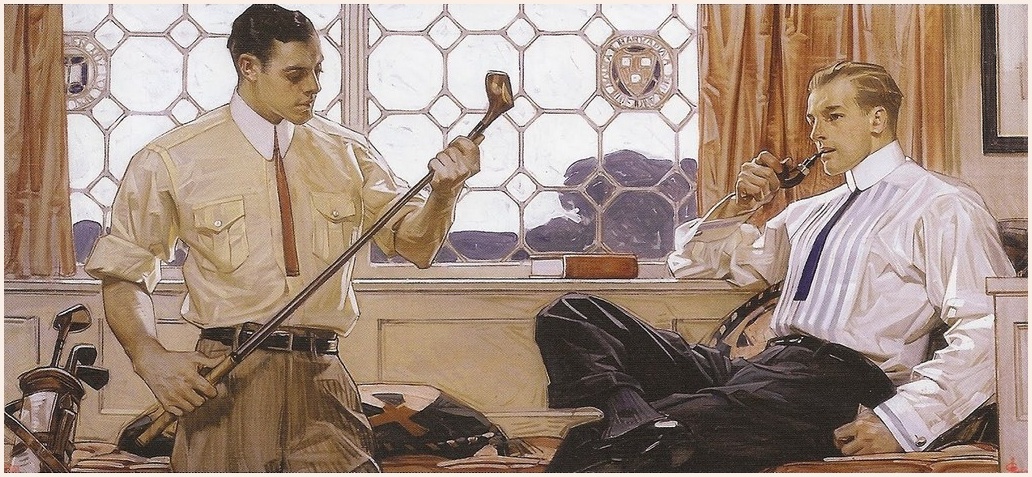
![Saturday Evening Post v200 n22 [1927-11-26] cover](https://live.staticflickr.com/4628/26117878318_2cf4fd1464_o.jpg)


